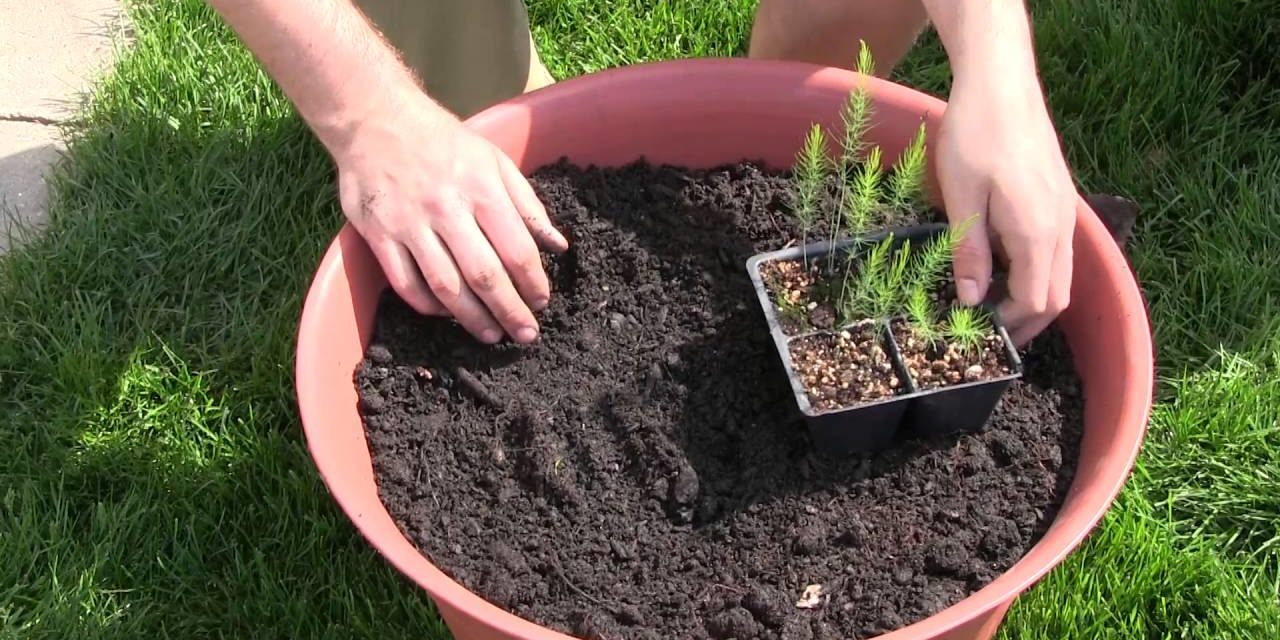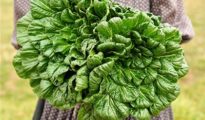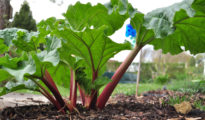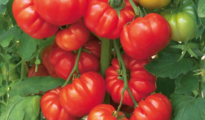If you're a fan of asparagus, you're in luck. This delicious and nutritious vegetable is not only easy to grow, but it's also a great plant for beginning gardeners. So what is asparagus, anyway? Let's take a closer look. Asparagus is a member of the lily family and is related to onions, garlic, and leeks. It's a perennial plant, which means that it will grow back year after year with very little maintenance. In fact, asparagus is one of the most low-maintenance vegetables you can grow in your garden.

Growing asparagus in a container is a great way to enjoy this delicious vegetable fresh from your own garden. Plus, it's easy to do! Here's everything you need to know about how to grow asparagus in a container.
How to Grow Asparagus in a Container
The best time to plant asparagus is in the spring, after all danger of frost has passed. You'll need to find a spot in your garden that gets full sun and has well-drained soil. Once you've found the perfect spot, dig a trench that is about eight inches deep and 18 inches wide. Then, cover the bottom of the trench with two inches of compost or manure.
Next, you'll need to choose the right kind of asparagus plants. There are two types of asparagus plants: male and female. Male plants produce more asparagus than female plants, so they're the ones you'll want to choose if you're looking to get a lot of asparagus from your plants.
Once you've chosen your plants, it's time to plant them. Space the plants five inches apart in the trench and then cover them with two inches of soil. Water the plants well and then wait for them to grow! It will take a few years for your asparagus plants to mature enough to start producing spears, but once they do, you'll be able to harvest them for years to come. When harvesting asparagus, be sure to only take about half of the spears so that the plant can continue to produce food for next year.
Choosing a Container
When choosing a container for your asparagus, make sure it's at least 18 inches deep and 24 inches wide. A plastic or metal container will work fine, but make sure it has drainage holes in the bottom so excess water can escape. You can also use a wooden barrel or tub, but be sure to line it with heavy-duty plastic first to prevent the wood from rotting.
Fill the bottom of the container with 4-6 inches of gravel or stones for drainage, then add a layer of rich potting soil on top. Asparagus roots are very sensitive, so be sure to use a high-quality potting mix that is light and fluffy.
Planting the Asparagus
You can buy asparagus crowns—the root system of an established plant—at your local nursery or garden center. Plant the crowns 18-24 inches apart, then cover them with 2-3 inches of soil. Water well and keep the soil moist until the plants start to grow. Once they do, cut back on watering to only once per week.
If you want to harvest asparagus earlier, you can start with seedlings instead of crowns. Plant the seedlings 6-8 weeks before the last frost date in your area. When they're big enough to handle, thin them out so that only the strongest plants remain 18-24 inches apart.
Harvesting Your Asparagus
As soon as you see new growth in spring, you can start harvesting your asparagus. Using a sharp knife, cut the spears just below ground level when they're 6-8 inches tall. Leave some spears unharvested so they can grow into full ferns and produce fruit for next year's crop.
The History of Asparagus

Asparagus has been around for a long time. In fact, it is one of the oldest vegetables known to man. The earliest known mention of asparagus is from the Greek physician Hippocrates, who said that it was good for treating headaches and improving digestion. Asparagus was also mentioned in the Bible, in the book of Numbers, where it is listed as one of the fruits and vegetables that were brought into the promised land by the Israelites.
Asparagus became popular in Europe during the Middle Ages, when it was grown as a medicinal herb. In those days, people believed that asparagus had many health benefits, including the ability to detoxify the body and prevent pregnancy. It wasn't until much later that asparagus became popular as a food.
These days, asparagus is enjoyed all over the world. It is a popular ingredient in many different dishes, from soups and salads to main courses and even desserts! Asparagus is also gaining popularity as a healthy food choice, due to its high levels of antioxidants and vitamins. With a little patience, you can enjoy fresh asparagus from your own garden! By following these simple tips on how to grow asparagus in a container, you'll be well on your way to success. Happy planting!



















